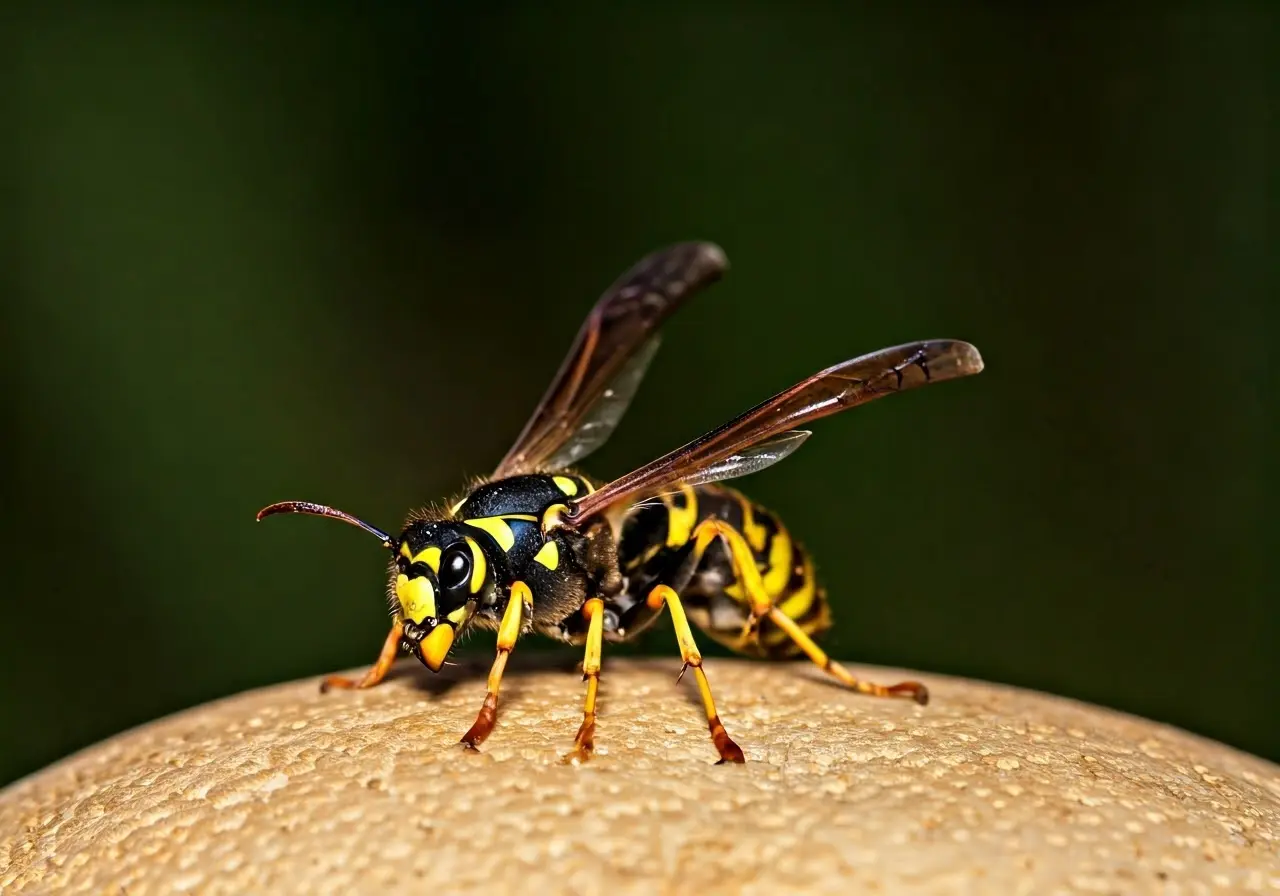When it comes to protecting your home from pests, safety is a top priority. Many families wonder about the potential risks involved with pest control treatments, especially when it concerns young children and pets. This FAQ blog will help you understand the safety measures involved in Katy pest control treatments, making your home a safe haven for every member of your family.
Understanding Katy Pest Control Methods
Katy pest control providers use a variety of methods such as chemical, biological, and mechanical approaches to effectively manage pests. Each method has its own safety measures to ensure minimal impact on your household. For instance, biological control involves using natural predators or pathogens to control pest populations while being harmless to humans and pets.
One intriguing advancement in pest control is the use of electronic pest control devices. These devices emit ultrasonic or electromagnetic waves to repel pests without the use of harmful chemicals. While their effectiveness can vary, they’re an attractive option for those seeking a chemical-free solution.
Professionals often employ integrated pest management (IPM) strategies which combine multiple tactics and ongoing monitoring to manage pest populations. This comprehensive approach minimizes chemical use, ensuring safety for your family and pets. By strategically combining different control methods, IPM enhances the efficiency of pest control measures.
Evaluating the Safety of Pest Control Chemicals
It’s essential to understand the types of chemicals used in pest control and their safety profiles. Professionals use EPA-approved products that are deemed safe for residential use when applied correctly. These products undergo rigorous testing to ensure they can effectively control pests while posing minimal risks to non-target organisms.
Furthermore, pest control providers in Katy, like All N-1 Pest Control Management, prioritize using chemicals in a manner that targets pests while reducing exposure to humans and pets. This is usually achieved by applying them in specific areas where pests are likely to frequent, thus safeguarding your living areas.
For those particularly concerned about chemical use, there are organic and less-toxic options available. Many pest control companies offer these alternatives for environmentally conscious customers to ensure the least impact on the environment and health.
Understanding the safety of pest control treatments is crucial, and it’s advisable to ask your pest control provider for Material Safety Data Sheets (MSDS) of the products they use. These sheets provide detailed information about the chemical properties, health effects, and safe handling practices.
Scheduling Treatments for Optimal Safety
Choosing the right time for pest control treatments can enhance safety. Consider scheduling treatments when pets and children can be kept away for a short period to avoid exposure. This ensures that any residues can settle or dry before re-entering treated areas.
It’s generally recommended to inform your pest control technician about your schedule and any specific needs related to family and pets. They can customize treatment times and potentially offer evening or weekend appointments to better suit your family’s routine.
Scheduling regular pest control treatments, such as quarterly or monthly service, can help maintain a pest-free environment without requiring significant doses of chemicals at once. This ongoing approach supports low-risk management throughout the year.
Communicating with Your Pest Control Provider
Effective communication with your pest control provider is essential. Discuss your safety concerns and specifics about your family and pets with your pest control technician. A good provider will accommodate your needs and provide guidance tailored to your household.
Don’t hesitate to inquire about the details of the treatment methods. Ask for clear explanations regarding any risks involved and what precautions will be taken to protect your family and pets.
Providers often offer consultations to help you better understand how their pest control strategies align with your safety requirements. This approach ensures transparency and builds trust between you and the service provider.
Your pest control provider may also offer insights into additional measures you can take to prevent pest infestations, such as sealing entry points and removing attractants. This partnership approach can enhance effectiveness and safety.
Post-Treatment Safety Guidelines
After treatment, follow any given safety instructions such as ventilating your home or avoiding treated areas to ensure continued safety for your family and pets. These precautions help to clear any remnants of chemicals and maintain a safe home environment.
Your pest control professional can provide specific guidelines tailored to the treatment used. For example, if certain areas were treated, you might be advised to avoid them for a few hours to ensure everything is safe once you return.
Keeping your home clean and monitoring for pests can support ongoing safety. Regular checks by a professional can preempt potential infestations, safeguarding your family in the long term.
Always observe any reopening instructions for areas like kitchens or child play areas to ensure that there is no residual risk. Compliance with these guidelines is vital for maintaining family safety post-treatment.
Ensuring Safety with Effective Pest Control
In conclusion, Katy pest control treatments are generally safe when performed by professionals who follow regulated guidelines and safety procedures. By taking necessary precautions and maintaining open communication with your pest control provider, you can ensure a safe and effective solution to your pest problems, safeguarding your loved ones and pets.




